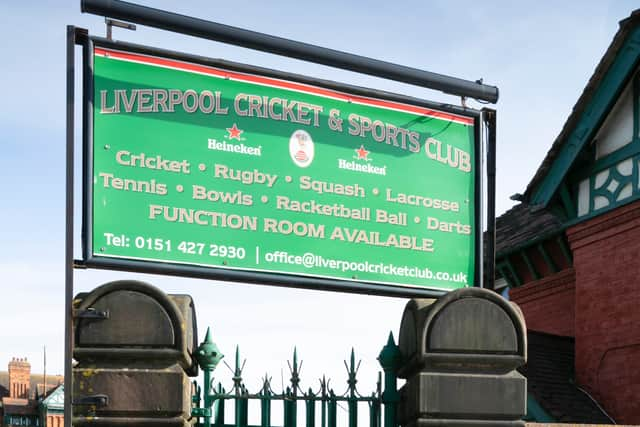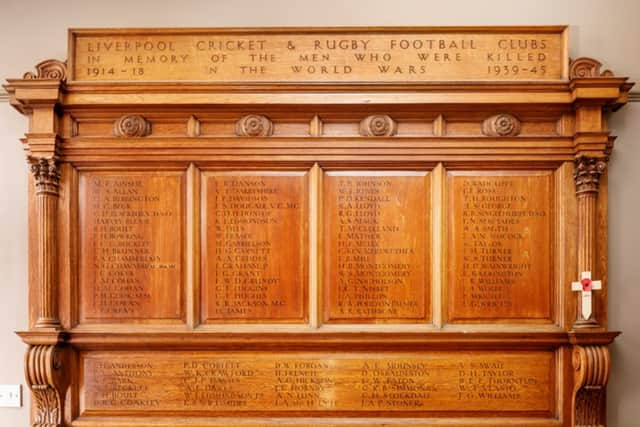Historic architectural ‘gem’ in Liverpool awarded Grade II listed status
and live on Freeview channel 276
Liverpool Cricket Club’s main pavilion has been listed at Grade II by the Department for Culture, Media and Sport (DCMS).
Built in 1880 by renowned architect Thomas Harnett Harrison, the historic cricket pavilion in Aigburth holds the distinction of being the oldest one in the country, that is located at a first-class cricket ground.
Advertisement
Hide AdAdvertisement
Hide AdThe listed status recognises the pavilion’s special architectural features and its significant place in the history of cricket and sporting events in the North West.
Chairman of Liverpool Cricket Club, Dave Scanlon said the prestigious Grade II listed pavilion is the club’s ‘pride and joy’ and they hope that, with listed status, they can ‘pursue grant opportunities to help with its ongoing maintenance.’
Aigburth Cricket Ground: Aigburth Cricket Ground has served as the home of Liverpool Cricket Club since 1881, hosting numerous first-class and international cricket matches and cricketing stars, including Australia’s Don Bradman, widely regarded as the greatest batter of all time.
It was inaugurated on 30 April 1881, with the first first-class cricket match against Cambridge University held on 13 and 14 June 1881. The ground later hosted its inaugural international match against the Australians in 1896.
Advertisement
Hide AdAdvertisement
Hide Ad

About the pavilion: Despite several modifications throughout the 20th century, including changes to the balcony, veranda, and tiered terrace, the pavilion has retained its significance and continued to serve as a cherished venue for cricket and other functions.
The interior of the pavilion retains its original layout, with a well-preserved full-width, first-floor former ballroom and a former billiard room above. It also features a range of fixtures and fittings, including an impressive large war memorial board.


Sarah Charlesworth, Listing Team Leader at Historic England said: “Liverpool Cricket Club deserves its place on the National Heritage List for England - ensuring the preservation and recognition of this gem - because the main pavilion is such a rare survivor of sporting architecture from before the First World War and it has retained so much of its original intricate and high-quality design.
“It’s had a great knock at 143 years not out and I’d like to think that Don Bradman himself would have been impressed by its endurance.”
Comment Guidelines
National World encourages reader discussion on our stories. User feedback, insights and back-and-forth exchanges add a rich layer of context to reporting. Please review our Community Guidelines before commenting.
